Related Research Articles

A is the first letter and the first vowel of the Latin alphabet, used in the modern English alphabet, the alphabets of other western European languages and others worldwide. Its name in English is a, plural aes. It is similar in shape to the Ancient Greek letter alpha, from which it derives. The uppercase version consists of the two slanting sides of a triangle, crossed in the middle by a horizontal bar. The lowercase version can be written in two forms: the double-storey a and single-storey ɑ. The latter is commonly used in handwriting and fonts based on it, especially fonts intended to be read by children, and is also found in italic type.
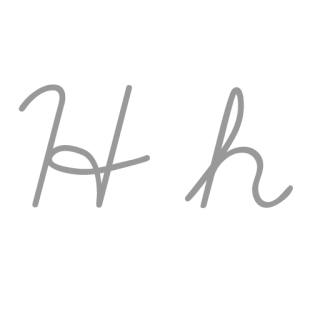
H, or h, is the eighth letter in the Latin alphabet, used in the modern English alphabet, the alphabets of other western European languages and others worldwide. Its name in English is aitch, or regionally haitch.

P, or p, is the sixteenth letter of the Latin alphabet, used in the modern English alphabet, the alphabets of other western European languages and others worldwide. Its name in English is pee, plural pees.

R, or r, is the eighteenth letter of the Latin alphabet, used in the modern English alphabet, the alphabets of other western European languages and others worldwide. Its name in English is ar, plural ars, or in Ireland or.
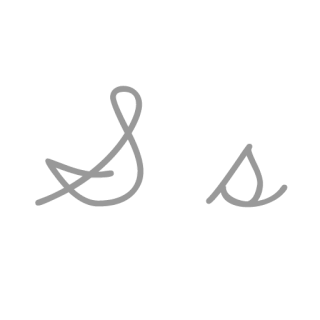
S, or s, is the nineteenth letter in the Latin alphabet, used in the modern English alphabet, the alphabets of other western European languages and others worldwide. Its name in English is ess, plural esses.
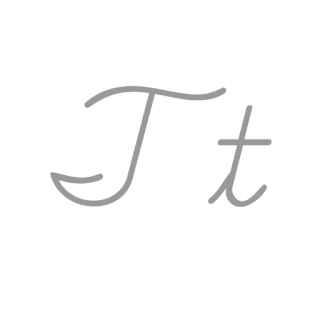
T, or t, is the twentieth letter in the Latin alphabet, used in the modern English alphabet, the alphabets of other western European languages and others worldwide. Its name in English is tee, plural tees. It is derived from the Semitic Taw 𐤕 of the Phoenician and Paleo-Hebrew script via the Greek letter τ (tau). In English, it is most commonly used to represent the voiceless alveolar plosive, a sound it also denotes in the International Phonetic Alphabet. It is the most commonly used consonant and the second-most commonly used letter in English-language texts.

V, or v, is the twenty-second letter in the Latin alphabet, used in the modern English alphabet, the alphabets of other western European languages and others worldwide. Its name in English is vee, plural vees.

W, or w, is the twenty-third and fourth-to-last letter of the Latin alphabet, used in the modern English alphabet, the alphabets of other western European languages and others worldwide. It represents a consonant, but in some languages it represents a vowel. Its name in English is double-u, plural double-ues.
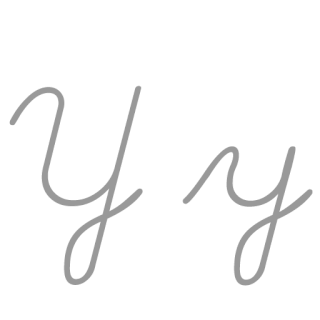
Y, or y, is the twenty-fifth and penultimate letter of the Latin alphabet, used in the modern English alphabet, the alphabets of other western European languages and others worldwide. According to some authorities, it is the sixth vowel letter of the English alphabet. In the English writing system, it mostly represents a vowel and seldom a consonant, and in other orthographies it may represent a vowel or a consonant. Its name in English is wye, plural wyes.

Z is the 26th and last letter of the Latin alphabet, as used in the modern English alphabet, the alphabets of other western European languages and others worldwide. Its usual names in English are zed and zee, with an occasional archaic variant izzard.
Phonetic transcription is the visual representation of speech sounds by means of symbols. The most common type of phonetic transcription uses a phonetic alphabet, such as the International Phonetic Alphabet.
Jèrriais is a Romance language and the traditional language of the Jersey people. It is a form of the Norman language spoken in Jersey, an island in the Channel Islands archipelago off the coast of France. Its closest relatives are the other Norman languages, such as Guernésiais, spoken in neighbouring Guernsey, and the other langues d'oïl.

A Spanish creole, or Spanish-based creole language, is a creole language for which Spanish serves as its substantial lexifier.

The Chickasaw language is a Native American language of the Muskogean family. It is agglutinative and follows the word order pattern of subject–object–verb (SOV). The language is closely related to, though perhaps not entirely mutually intelligible with, Choctaw. It is spoken by the Chickasaw tribe, now residing in Southeast Oklahoma, centered on Ada.

Arawakan, also known as Maipurean, is a language family that developed among ancient indigenous peoples in South America. Branches migrated to Central America and the Greater Antilles in the Caribbean and the Atlantic, including what is now the Bahamas. Almost all present-day South American countries are known to have been home to speakers of Arawakan languages, the exceptions being Ecuador, Uruguay, and Chile. Maipurean may be related to other language families in a hypothetical Macro-Arawakan stock.
Bornholmsk is an East Danish dialect spoken on the island of Bornholm in the Baltic Sea. It was originally part of the East Danish dialect continuum, which includes the dialects of southern Sweden, but became isolated in the Danish dialect landscape after 1658, when Sweden annexed the eastern Danish provinces of Scania/ Skåne, Halland and Blekinge.
Mohave or Mojave is the native language of the Mohave people along the Colorado River in northwestern Arizona, southeastern California, and southwestern Nevada. Approximately 70% of the speakers reside in Arizona, while approximately 30% reside in California. It belongs to the River branch of the Yuman language family, together with Quechan and Maricopa.

Maldivian, also known by its endonym Dhivehi or Divehi, is an Indo-Aryan language spoken in the South Asian island country of Maldives and on Minicoy Island, Lakshadweep, a union territory of India.
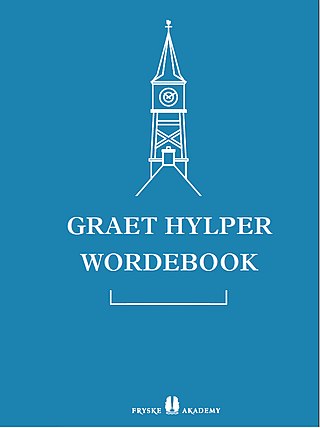
Hindeloopen Frisian (natively Hylpers, West Frisian: Hylpersk, also referred to as Hindeloopers in English and Dutch, is a West Frisian variety spoken in the port town of Hindeloopen and the village of Molkwerum on the west coast of Friesland. It has preserved much of the Old Frisian phonology and lexicon, and has been attested to since the 17th Century. Hindelooper is spoken by some 500 people in Hindeloopen, almost all of them elderly, with the number of speakers decreasing.
Morokodo is a dialect continuum of Central Sudanic languages spoken in South Sudan.
References
- 1 2 3 "Baniva". Ethnologue. Retrieved 2019-09-20.
- ↑ "Glottolog 4.0 - Avane". glottolog.org. Retrieved 2019-09-20.
- 1 2 3 4 Zamponi, Raoul (2003). Maipure. Munich: Lincom.
- ↑ Campbell, Lyle (21 September 2000). American Indian languages : the historical linguistics of Native America. Oxford. ISBN 9780195349832. OCLC 1108851780.